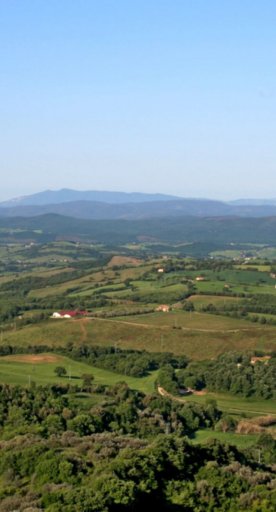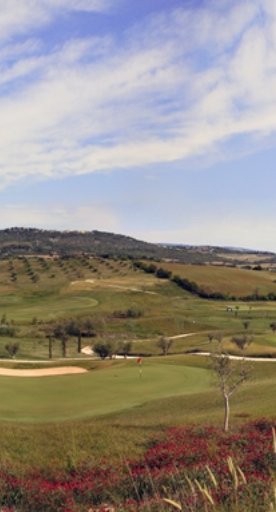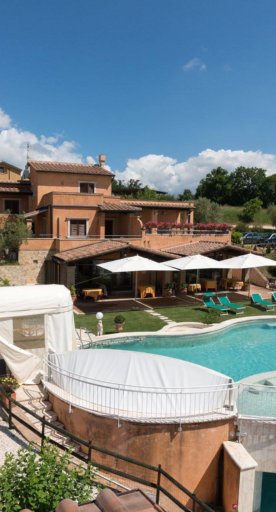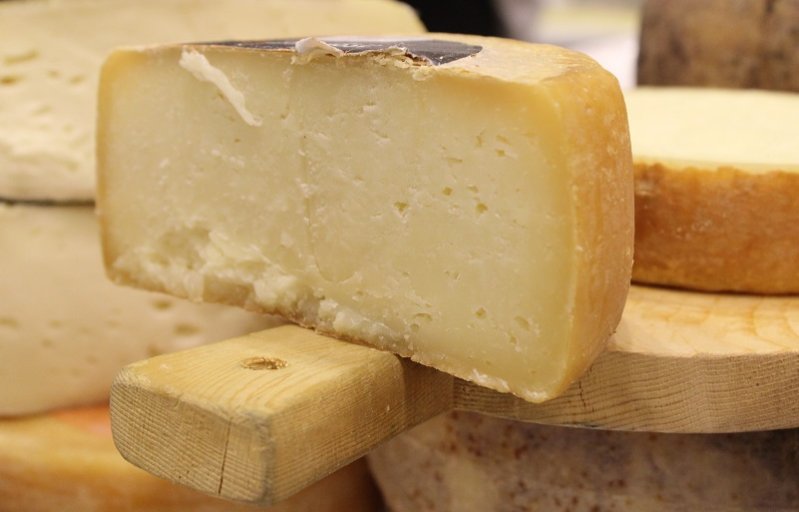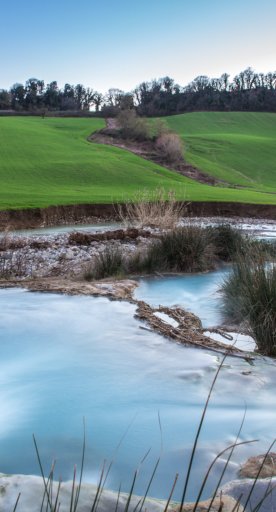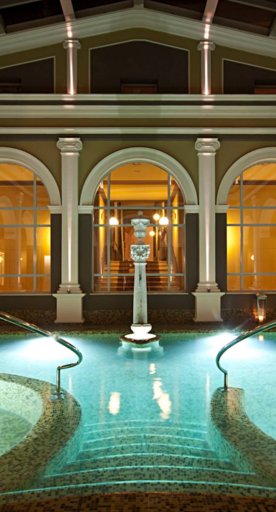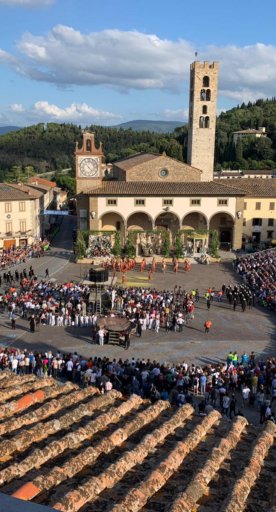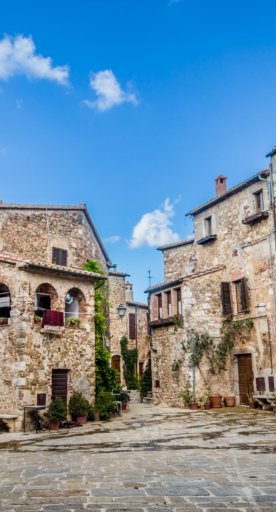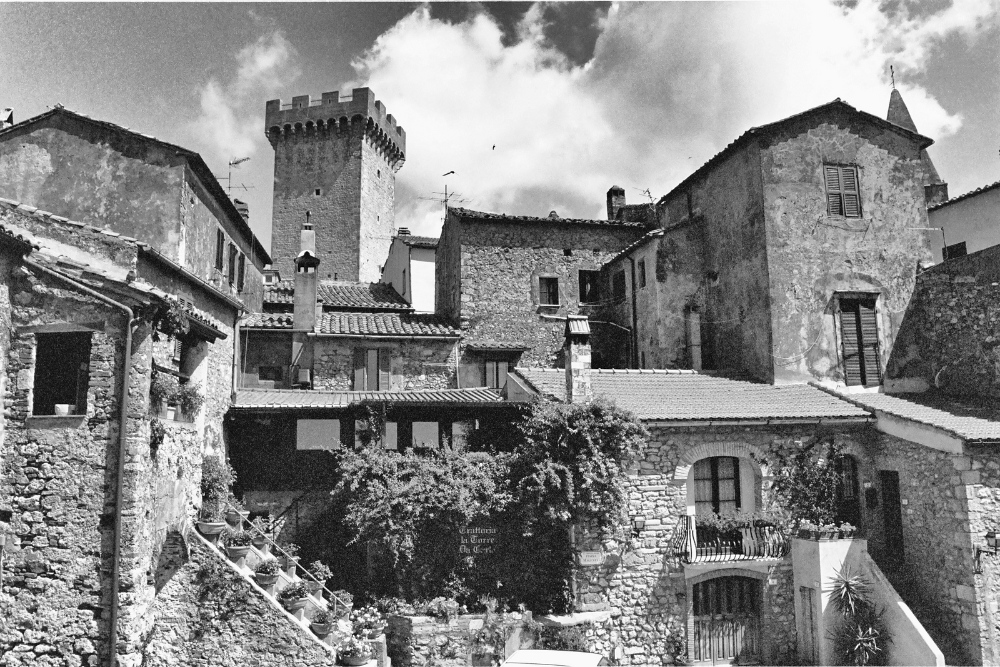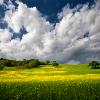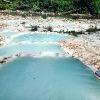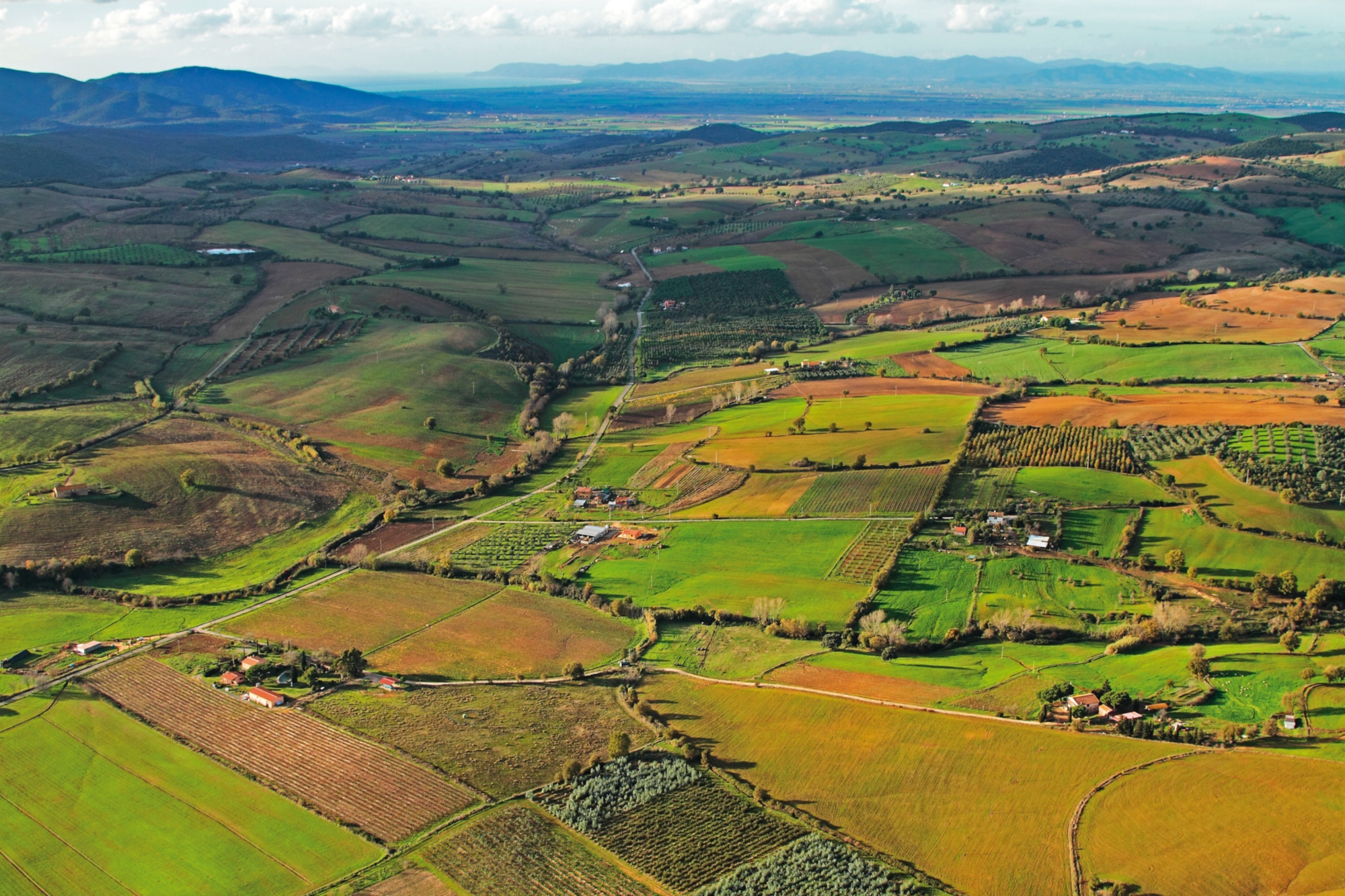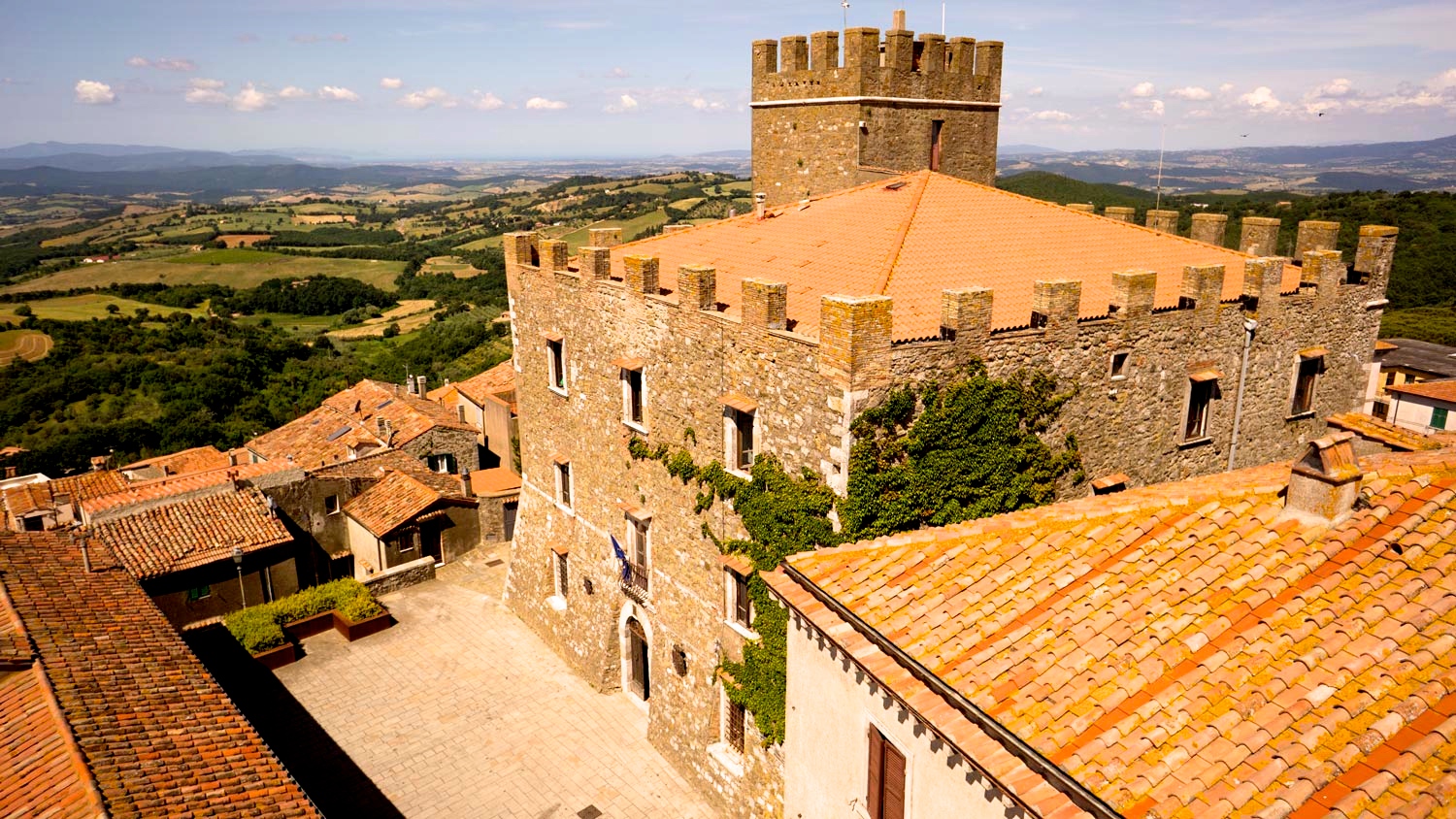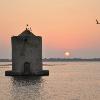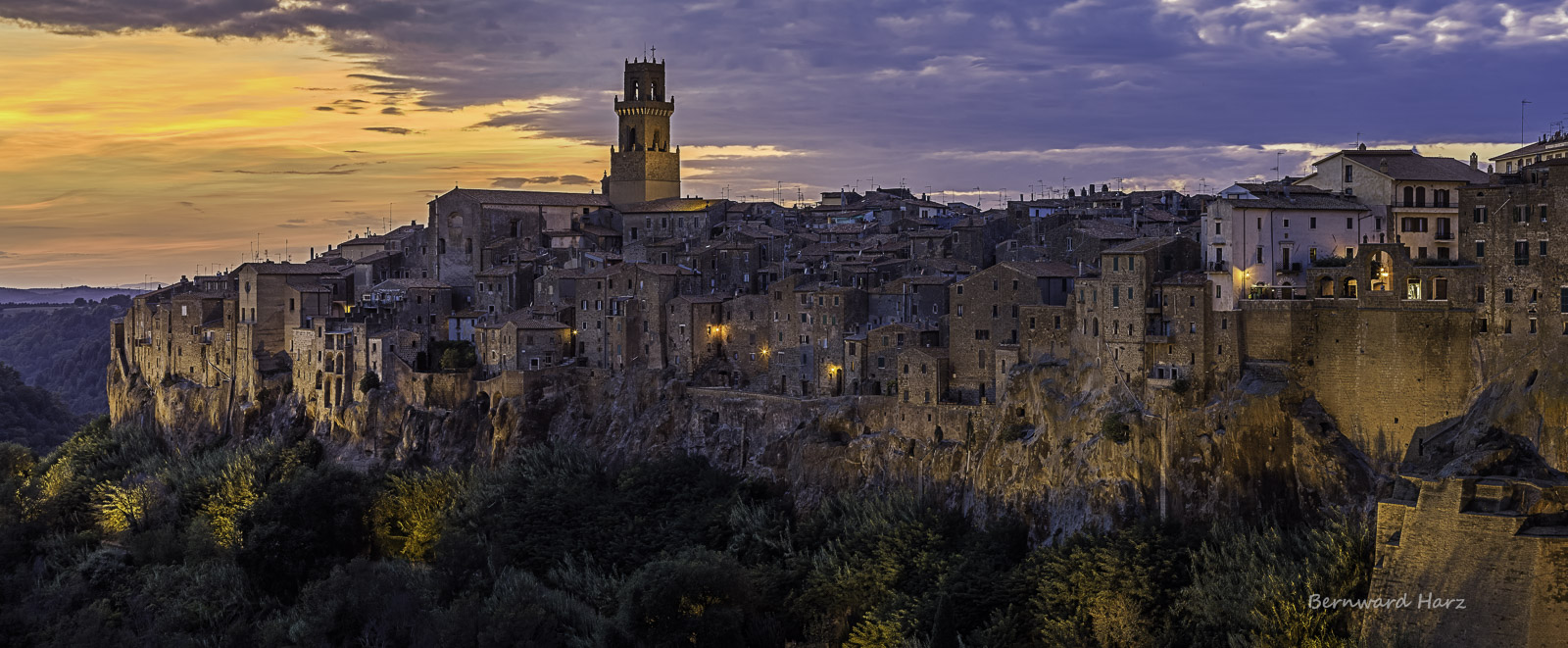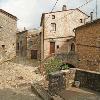To call the small towns around Manciano “hamlets” doesn’t do them justice: each is unique and well worth a visit. Montemerano, for example, with its piazza del Castello and fairy-tale-like atmosphere, is known around the world.
Its distinct medieval appearance envelopes it in mystery and has earned it a place on the list of Most Beautiful Villages in Italy.
Then there’s Marsiliana, a historic Etruscan town; visitors can go to the Farming Museum (part of the Tenuta dei Corsini) which offers a display of industry tools, furnishings and clothing that give us an insight into agricultural life in the 1800s.
There are many other towns in Manciano that are worth a visit, such as Saturnia (also once an Etruscan and Roman settlement) which is renowned for its thermal baths. The sulfurous water flows at around 37.5°C and offers a chance to relax; Cascate del Mulino, with its natural outdoor pools that attract visitors from all over the world, is perhaps the best place to do so.


